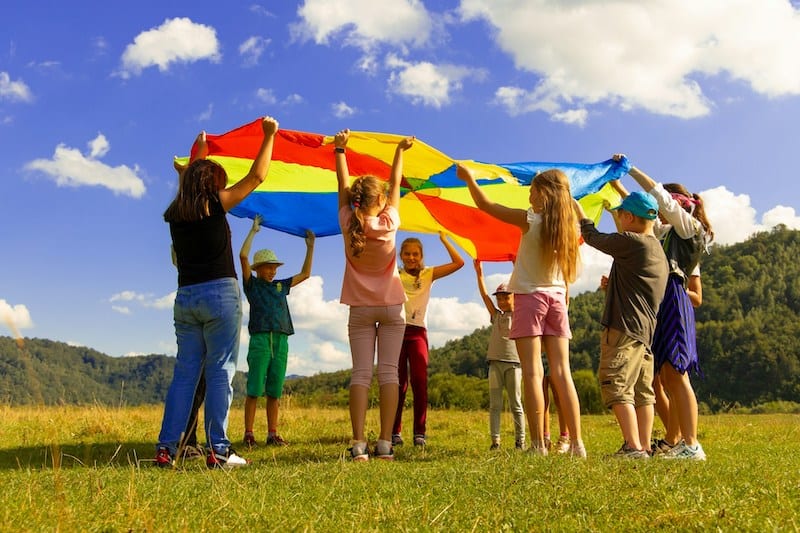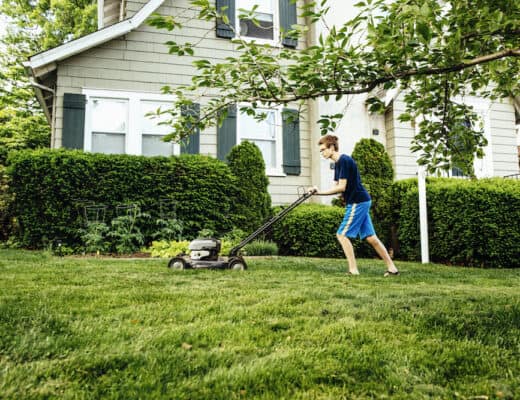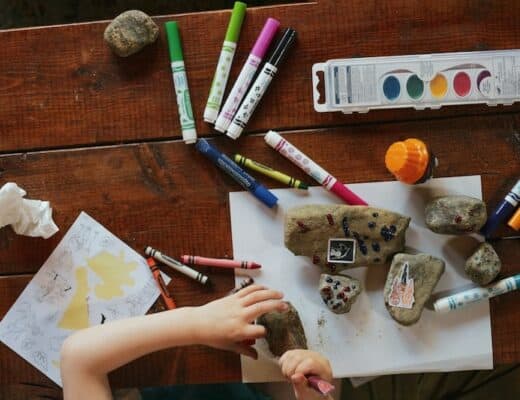Creating a DIY outdoor classroom is an exciting and fulfilling project that can provide a unique learning environment for students. By taking education beyond the traditional walls of a classroom, you can cultivate a deeper appreciation for nature and enhance the learning experience.

This article will explore the concept of an outdoor classroom, the importance of outdoor learning, key elements to consider, planning tips, material selection, construction process, and equipping your outdoor classroom with educational resources and storage solutions.
Understanding the Concept of an Outdoor Classroom
An outdoor classroom is a designated space where students can engage in learning activities outside of the traditional classroom setting. It offers an immersive and hands-on learning experience that connects students with nature and promotes environmental awareness. Additionally, an outdoor classroom can help stimulate creativity, critical thinking, and problem-solving skills.
Imagine a group of students sitting under the shade of a big oak tree, listening to the sounds of birds chirping and leaves rustling in the wind. This serene setting not only provides a break from the confines of four walls but also offers a unique learning environment where students can observe, explore, and interact with the natural world around them. The outdoor classroom becomes a living laboratory, sparking curiosity and fostering a deeper appreciation for the environment.
The Importance of Outdoor Learning
Outdoor learning has numerous benefits for students. It allows them to experience firsthand the wonders and complexities of the natural world, fostering a sense of curiosity and wonder. Research has shown that outdoor learning can improve concentration, retention, and overall academic performance. It also promotes physical activity and enhances mental well-being.
Engaging in outdoor activities not only provides a breath of fresh air but also offers a multisensory experience that stimulates different parts of the brain. Whether students are conducting a science experiment in a nearby creek or reading a book under a canopy of trees, the outdoor classroom encourages exploration and discovery, making learning a dynamic and memorable experience.
Key Elements of an Outdoor Classroom
When creating your DIY outdoor classroom, there are a few key elements to consider. First, you’ll need to select a suitable location that provides ample space and access to natural elements. Designing the layout of your outdoor classroom is crucial to maximize functionality and create designated areas for different activities. Lastly, it’s important to take into account the weather conditions in your area and make appropriate accommodations to ensure comfort and safety for students.
Integrating elements such as a weatherproof whiteboard for outdoor lessons, a composting area to teach sustainability, and a sensory garden to engage all five senses can enhance the outdoor classroom experience. By incorporating these features, educators can create a dynamic learning environment that not only complements traditional indoor teaching but also offers a holistic approach to education that nurtures a love for nature and learning.
Planning Your DIY Outdoor Classroom
Before embarking on your outdoor classroom project, thorough planning is essential. This section will guide you through the key steps to consider.
Creating an outdoor classroom is an exciting endeavor that can greatly benefit students’ learning experiences. By incorporating nature into the educational environment, you can foster a deeper connection with the natural world and provide a dynamic setting for hands-on learning.
Choosing the Right Location
When choosing a location for your outdoor classroom, look for a space that is easily accessible to students and offers a variety of natural features. Consider factors such as proximity to the main school building, availability of shade, and safety considerations. Engage with school administration and stakeholders to gain their support and input.
Additionally, think about the surrounding landscape and how it can be integrated into the outdoor classroom design. Utilize existing trees, plants, and topography to create a harmonious space that blends seamlessly with the natural environment.
Designing the Layout
The layout of your outdoor classroom should be designed to accommodate different learning activities and promote interaction among students. Create designated areas for seating, workspaces, and hands-on activities. Incorporate elements like garden beds, sensory areas, and nature trails to enhance the learning experience.
Furthermore, consider incorporating sustainable elements into your outdoor classroom design, such as rainwater collection systems, compost bins, or native plant gardens. These features not only support environmental education but also demonstrate practical sustainability practices to students.
Considering Weather Conditions
Take into account the weather conditions in your area and make appropriate adjustments in your outdoor classroom design. Provide shade structures or umbrellas to protect students from the sun, and consider installing weather-resistant materials such as outdoor whiteboards, chalkboards, or electronic displays to ensure year-round usability.
Moreover, think about seasonal variations and how they can be incorporated into the curriculum. Use the changing weather patterns to teach students about climate science, plant life cycles, or animal behavior, turning your outdoor classroom into a living laboratory for experiential learning.
Gathering Your Materials
Once your outdoor classroom design is finalized, it’s time to gather the necessary materials and tools to bring your project to life.
Essential Tools for Building
Depending on the complexity of your outdoor classroom structure, you may need basic tools such as hammers, drills, levels, and screwdrivers. Be sure to have safety equipment on hand, including gloves, goggles, and protective clothing. Consider enlisting the help of volunteers or professional contractors if needed.
Selecting Durable, Weather-Resistant Materials
Outdoor classrooms are exposed to various weather conditions, so it’s crucial to choose materials that can withstand the elements. Opt for durable and low-maintenance options such as weather-resistant timber, recycled plastic, or composite materials for seating, work surfaces, and structures. Consider using non-toxic and eco-friendly materials whenever possible.
Constructing Your Outdoor Classroom
Now that you have your materials ready, it’s time to start building your outdoor classroom.
Building the Main Structure
Begin by constructing the main structure of your outdoor classroom, such as a pergola, gazebo, or open-sided pavilion. Ensure that the structure is sturdy and safely anchored to the ground. Seek professional guidance if necessary to ensure structural integrity.
Adding Seating and Workspaces
Once the main structure is in place, add seating and workspaces for students. Incorporate benches, tables, and desks that are comfortable, functional, and designed for outdoor use. Consider using materials that can withstand exposure to sunlight, rain, and other weather elements.
Ensuring Accessibility and Safety
Ensure that your outdoor classroom is accessible and safe for all students. Install ramps or alternative pathways for individuals with mobility challenges. Regularly inspect the outdoor classroom for any potential safety hazards and make necessary repairs or adjustments.
Equipping Your Outdoor Classroom
To provide a well-rounded learning experience in your outdoor classroom, you’ll need to equip it with the right resources.
Selecting Educational Resources
Choose educational resources that are specifically designed for outdoor learning. This may include field guides, magnifying glasses, binoculars, microscopes, and weather monitoring equipment. Incorporate technology by using tablets, digital cameras, or nature-themed apps to enhance lessons and activities.
Incorporating Nature into Lessons
Take advantage of the natural environment in your outdoor classroom to create meaningful learning experiences. Use plants, trees, and wildlife as teaching tools. Engage students in activities that involve observation, identification, and analysis of the local flora and fauna.
Storage Solutions for Outdoor Learning Materials
Establish proper storage solutions to keep your outdoor learning materials organized and protected. Use weather-resistant bins, cabinets, or secure storage sheds to store tools, educational resources, and supplies.
Creating a DIY outdoor classroom is a rewarding endeavor that can revolutionize the way students learn and engage with the world around them. By carefully planning, gathering the right materials, and constructing a well-designed outdoor classroom, you can create a space that fosters curiosity, creativity, and a lifelong love for nature.



